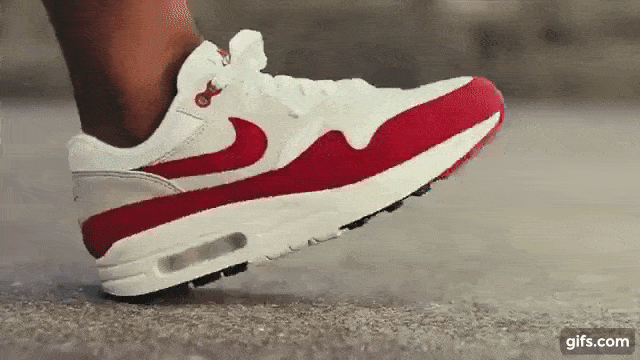It’s time to get moving!
You might have seen our article on the upcoming running events in Singapore, and may consider registering for one (or more) of them. We’re looking at 5km runs on average, which can prove quite challenging for many of us. So, we’ve collected some tips and tricks that will help you in planning your fitness regime. Before we begin, remember to consult your doctor to ensure that you’re fit for exercise before starting!
1. Train for your race
Whether it’s a 5km or 10km race, you should design a training programme that allows you to run at the targeted pace for the actual race. Better still, simulate the race conditions and environment. But of course, it’s impractical to mimic the entire race because it would extend your recovery time. What you could do instead is to keep the total distance covered shorter than your race distance, or split your total distance into smaller segments that can be conquered at race pace.
2. The 10% rule
According to the first editor of Runner’s World, Joe Henderson, we should increase weekly training mileage by 10% at max. That’s because increasing our training load too quickly could incur injuries — which the last thing we want. So, while pushing yourself is beneficial, remember not to go overboard!
3. Eat… Then run?
If you’ve suffered from abdominal cramps, bloating and even vomited during your runs, you might have to rethink your mealtimes. Usually, runners are advised to wait for about 2 hours after consuming a meal before running. The more fat and protein consumed pre-run, the longer it’s going to take.
4. Warm ups and cool downs
You should start every run with 10 minutes of walking and slow running, and end your run with the same routine to cool down. Don’t jump right in and sprint once you’re in your running gear– a warm up will prepare your body for exercise by gradually increasing blood flow. And don’t forget to cool down when you’re all tired and sweaty — stopping abruptly can cause leg cramps, nausea or even fainting.
5. When to take a break
If a part of your body hurts for 2 consecutive days while running, take the next 2 days off. The pain you’re feeling may signal the beginning of an injury, and here’s when you shouldn’t push your body any further. Troy Smurawa, M.D., team physician for USA Triathlon says, “Even taking five days of complete rest from running will have little impact on your fitness level.” So don’t push yourself to the point of injury.
6. Get enough sleep
It makes sense that you should be catching more winks to get your energy back. “Sleep deprivation has a negative impact on training,” says David Claman, M.D., director of the University of California-San Francisco Sleep Disorders Center. On average, we need around 8 hours of shut-eye a night, so increase that number when you’re training.
7. Don’t just run
Running alone is good, but even better when combined with cross-training or weight-training. Swimming and biking help to build supporting muscles used in running, simultaneously giving your primary muscles a break. With smart bikes all around the island, there’s really no excuse not to clock in an hour or two to assist in your training.
8. Pace, pace, pace
With most of marathon world records showing a steady pace of running, it’s clear that the best way to race is to maintain an even pace from start to finish. I’m sure you’re experienced this: Starting really strong and fast, but halfway through you start to slow down, unable to keep up with the current speed. Try to maintain your pace during your next practice, and you can expect better overall performance.
With these 8 tips, you’re ready to start your training! Don’t hesitate — grab your gear and just do it!






















